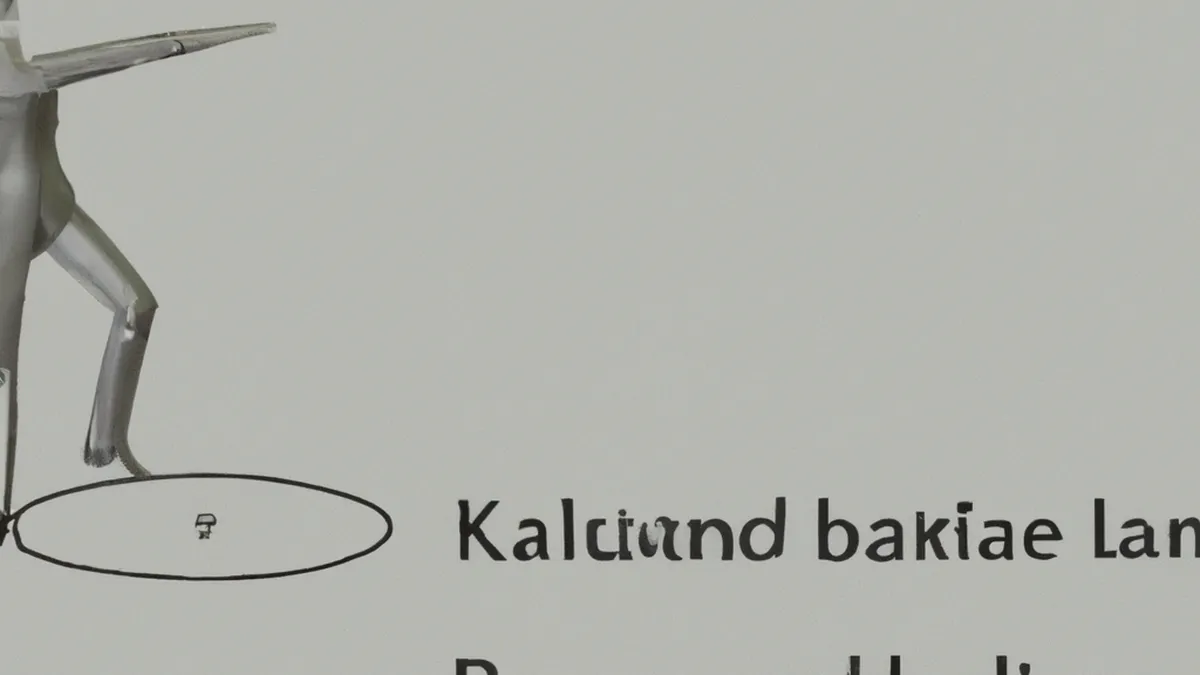Align Your Mind and Body in Tai Chi
Understanding the Mechanics of Tai Chi Balance Transitions
Tai Chi is a traditional Chinese martial art. It combines slow movements with mindful breathing. Many practice Tai Chi for its calming effects and health benefits. Balance is a core component of Tai Chi. Mastering balance transitions enhances movement flow and overall well-being. This article explores the mechanics of balance transitions in Tai Chi. It provides insights, techniques, and tips to elevate your practice.
The Importance of Balance in Tai Chi
Balance is fundamental in Tai Chi. It enables smooth and graceful movement execution while maintaining body control. Each posture requires a weight shift, demanding body awareness. Improved balance enhances coordination and agility, making daily activities easier. Good balance reduces the risk of falls and injuries, especially as we age.
The Role of Weight Shifting
Weight shifting forms the foundation of balance transitions. Almost every movement transfers weight from one leg to another. Concentration and control are essential. To practice, stand with feet shoulder-width apart. Gradually shift your weight to one foot, lifting the opposite foot slightly. Feel the connection between your standing foot and the ground. Maintain a relaxed posture throughout the exercise. As you gain comfort, transition your weight back and forth, focusing on alignment and balance.
Connecting Breath with Movement
Breathing plays an essential role in Tai Chi. Deep breathing enhances focus and supports movement, creating harmony between body and mind. Inhale deeply through your nose and exhale slowly through your mouth during transitions. Synchronizing breath with movement promotes relaxation and helps maintain balance. Paying attention to your breath grounds you and deepens your experience, allowing for a profound connection with each movement.
Tips for Practicing Balance Transitions
Improving balance in Tai Chi involves practical strategies. Here are some tips to master balance transitions:
1. **Start Slow**: Begin your practice slowly. This focus on each movement enhances body awareness and alignment. Increase your speed gradually as confidence grows, while maintaining control.
2. **Engage Your Core**: A strong core supports balance. Tighten your abdominal muscles as you shift weight. This stability allows smooth transitions without compromising posture.
3. **Use Your Arms**: Your arms help maintain balance during Tai Chi. Use them to guide movements and create a counterbalance to shifting weight. Extend your arms for additional support.
Conclusion
In summary, mastering balance transitions enhances your Tai Chi practice. Focus on weight shifting, breathing, and core engagement to improve your balance.
Below are related products based on this post:
FAQ
What is the significance of balance in Tai Chi?
Balance is fundamental in Tai Chi as it enables smooth and graceful execution of movements while maintaining body control. It requires a weight shift in each posture, enhancing coordination and agility, and reducing the risk of falls and injuries, especially as we age.
How does weight shifting work in Tai Chi?
Weight shifting is the foundation of balance transitions in Tai Chi. It involves transferring weight from one leg to another while maintaining concentration and control. Practicing weight shifting begins with standing shoulder-width apart, gradually shifting your weight to one foot and lifting the opposite foot slightly to enhance balance and alignment.
What tips can help improve balance transitions in Tai Chi?
To improve balance transitions, start your practice slowly to enhance body awareness and alignment. Engage your core by tightening your abdominal muscles during weight shifts for stability. Additionally, use your arms to guide movements and create a counterbalance, extending them for extra support as needed.















Post Comment